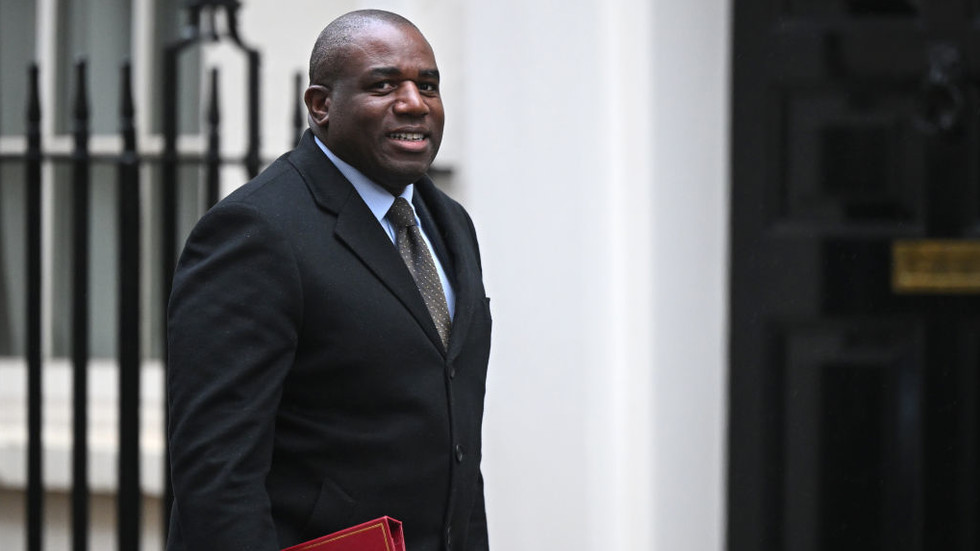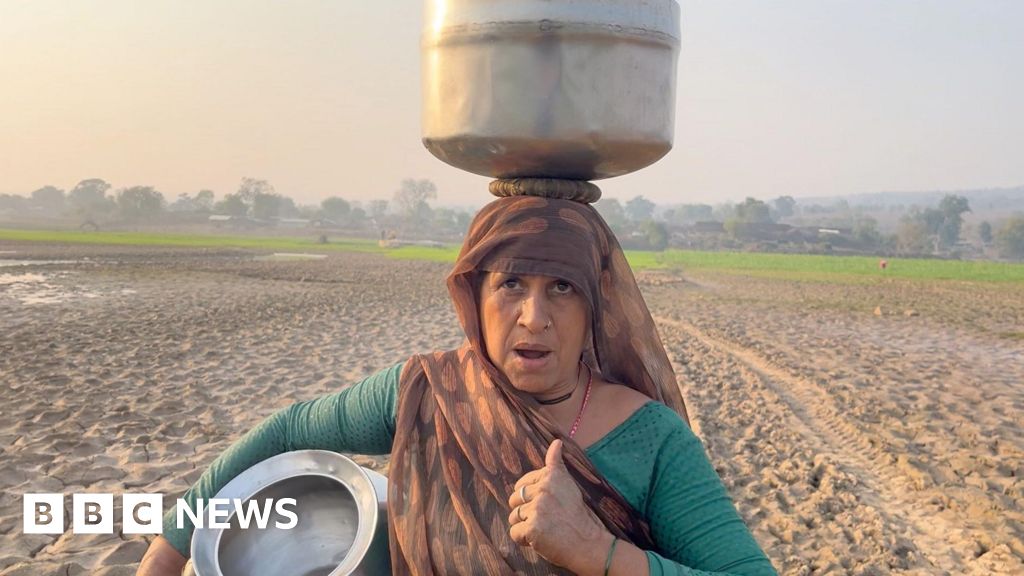Palestinian emergency workers continue to uncover mass graves in and around three hospitals in the Gaza Strip, months after Israeli forces laid siege to them, claiming they were being used as Hamas command centres.
More than 500 bodies have been recovered with Palestinian officials saying several of them showed signs of mutilation and torture amounting to war crimes. Israel’s military has rejected the allegations as “baseless”, saying the bodies were buried by Palestinians during the fighting between Israeli forces and Hamas in the area.
The United Nations, the United States and the European Union have called for an independent investigation to determine the truth and ensure accountability. UN spokesperson Stephane Dujarric said: “It’s important that all forensic evidence be well preserved.”
But as Israel intensifies its assault on the southern city of Rafah, having closed the crossing into Egypt and preventing any possible deployment of forensic teams or equipment into Gaza, burial sites are being dug up and evidence haphazardly collected.
Experts said the disturbance of sites where proof of war crimes might lie will make the search for truth harder – yet not all hopes for justice are lost.
How is evidence being collected from the mass graves?
Three mass graves have been found at the Nasser Medical Complex in Khan Younis, three at al-Shifa Hospital in Gaza City and one at the Kamal Adwan Hospital in Beit Lahiya.
Mohammad Zaanin, a member of the Palestinian Civil Defence in Gaza, told Al Jazeera on Thursday that a fourth gravesite containing 42 bodies had been found at al-Shifa Hospital. The bodies were decomposed and unrecognisable, but some had IDs on them or were identified by relatives from clothing remnants.
Civil Defence teams have been documenting the remains through photos and videos, working with little protective gear and no forensic equipment. “We have some body bags and a little equipment to protect our hands and noses, but in reality, this is a local effort, and it puts a lot of pressure on our team,” Zaanin said.
Thani Nimr Abdel Rahman, who works with the Al Mezan Center for Human Rights in Gaza’s Jabalia refugee camp and has visited the burial sites at al-Shifa Hospital, said she witnessed the ground being excavated using bulldozers.
Before the dead are reburied at a new site, relatives of the missing search for pieces of clothing around the remains for a sign of their loved ones. At times, the corpses have been left unattended. “The dogs came to devour the bodies, and the smell was deadly,” Abdel Rahman told Al Jazeera. “[This work] requires more capabilities and forensic experts, none of which are available in Gaza.”
Has evidence of war crimes been found?
Several Civil Defence members have claimed to have found evidence of ill treatment, including torture, extrajudicial executions and unlawful killings of noncombatants that could amount to war crimes.
Rami Dababesh, a member of the Civil Defence team who took part in the exhumation work at al-Shifa Hospital, told Al Jazeera that his team had found “headless corpses”. Paramedic Adel al-Mashharawi said he saw bodies of children and women dressed in hospital garments.
Civil Defence member Mohammed Mughier said at least 10 of the bodies had been found with bound hands while others still had medical tubes attached to them. He added that additional forensic examination was needed on about 20 bodies of people who they suspect had been “buried alive”.
Yamen Abu Sulaiman, the head of the Civil Defence in Khan Younis, said some of the bodies found at the Nasser Medical Complex had been “stacked together” and showed indications of field executions having taken place. At least 392 bodies were recovered at this site alone.
Is the evidence gathered reliable?
Mass grave investigations are typically a highly complex, lengthy and expensive process, requiring significant expertise and resources. The overarching operating principle underpinning the forensic scientific approach is “do no harm” because interference with the site may prejudice the evidence.
“The first reaction from pretty much everyone is to dig the bodies up because it’s a very emotional thing,” Stefan Schmitt, a forensic scientist at Florida International University who has investigated mass graves in multiple conflicts, told Al Jazeera.
“But bodies are safer underground when it comes to identifying them and determining what happened. Particularly in this case, where the truth is so incredibly important and where all sides are propagating their own version of the events, it’s especially important to be able to determine what really took place.”
Digging up bodies, especially using invasive methods such as bulldozers, wipes out clues that could help determine responsibility and archaeological evidence that could reveal when a grave was dug and with what tools, Schmitt said.
Every exhumation also scatters evidence as decomposing body parts are left behind in the original burial site. Once a corpse is moved and reburied, information on where it came from can be lost.
Inaccurate information may also be added as part of the documentation process. Schmitt said misidentification by grieving relatives who are psychologically inclined to want closure is frequent in the context of war. Claims of bodies having been decapitated or buried alive were also hard to back up without autopsies being carried out.
Photographic and video evidence alone may not be sufficient to remedy confusion. For visual evidence to be viewed as reliable, a chain of custody must be ensured, Schmitt said.
The process of documentation must give a clear sense of the exhumation process both spatially and in regards to timing with pictures containing information including metadata and geolocation taken in a sequence. Shots must be framed to feature landmarks before zooming in on the details. The information is then methodically collected in a spreadsheet, from which each entry is hyperlinked to the relevant visual data.
“I have been shown pictures that came from Gaza, but I couldn’t see the chain of custody. I don’t know where they’re coming from,” Schmitt said, adding that this means he has consequently unable to give an expert opinion on what they show.
“What is happening right now is destroying evidence. I know that that’s not deliberate, but it plays into the hands of those that don’t want the truth to be told.”
Can international organisations help?
The UN has called for “a clear, transparent and credible investigation” of mass graves in Gaza. The EU backed the call, saying the discovery of bodies at the hospitals “creates the impression that there might have been violations of international human rights” while the US said it wanted the matter to be “thoroughly and transparently investigated”.
It is unclear which organisation would heed the call, or who in the future might take up the hefty task of investigating.
UN human rights spokesperson Jeremy Laurence told Al Jazeera the international body was not providing support in evidence gathering at burial sites in Gaza “because it requires specific expertise that does not exist on the ground”.
Is there any hope of justice for victims?
As the Rafah border crossing with Egypt remains closed, the prospects of foreign investigators being sent in to investigate allegations of war crimes appear slim.
However, not all hope for justice is lost. “What you have got, as opposed to what you haven’t got, might itself be extremely revealing,” said Geoffrey Nice, a British barrister who led the prosecution in the trial of Serbian politician Slobodan Milosevic at the International Criminal Tribunal for the Former Yugoslavia in The Hague.
“Because you haven’t got it all doesn’t mean you haven’t got enough,” Nice told Al Jazeera about forensic scientific evidence.
In the former Yugoslavia, remains were dug up for decades, and DNA testing ensured identification even many years after the events. “Efforts on identification never end, and there is a huge body of evidence. Never worry about what you haven’t got. Use what you have got,” the barrister added.
Evidence gathered at the mass graves could point to specific offences or be merged into a broader inquiry into war crimes. An unbiased judiciary and investigatory organisation may be set up, but this will take decades of work and cost a large sum of money, requiring the support of wealthy countries.
According to Nice, should a tribunal for Gaza be set up, “it would not be sensible to have participating members from any countries that supported Israel with weapons.”
“The Israel-Gaza conflict is hopelessly sensitive. The funding body, be it the EU or someone else, has got to be prepared after having funded it to have absolutely no further engagement except when asked,” he added.
Is justice being pursued elsewhere?
Legal proceedings are also already ongoing at top courts. The International Criminal Court (ICC) in The Hague is overseeing an active investigation into the atrocities on October 7 by Hamas and the response by the Israeli military. The office of the prosecutor has jurisdiction in the Palestinian territories but has not made any public comments about the discovery of mass graves.
The International Court of Justice (ICJ), a separate court, is considering a case brought by South Africa in which Israel stands accused of committing genocide in Gaza. It will take several years to reach a verdict, during which time, the court is expected to investigate a litany of alleged offences.
Among key provisional measures issued to prevent the crime of genocide, the ICJ ordered Israeli authorities to “take effective measures to prevent the destruction and ensure the preservation of evidence” related to the allegations. It also ordered unimpeded access to humanitarian aid, which humanitarian organisations said has been blocked since the offensive in Rafah began.
“If the general conclusion of any court is that what is going on in Gaza is beyond the limits of warfare, then it is not difficult to track the chain of command back to the top,” Nice said.
Then, the barrister added, “you can start to see if there is individual responsibility.”

 9 months ago
34
9 months ago
34









